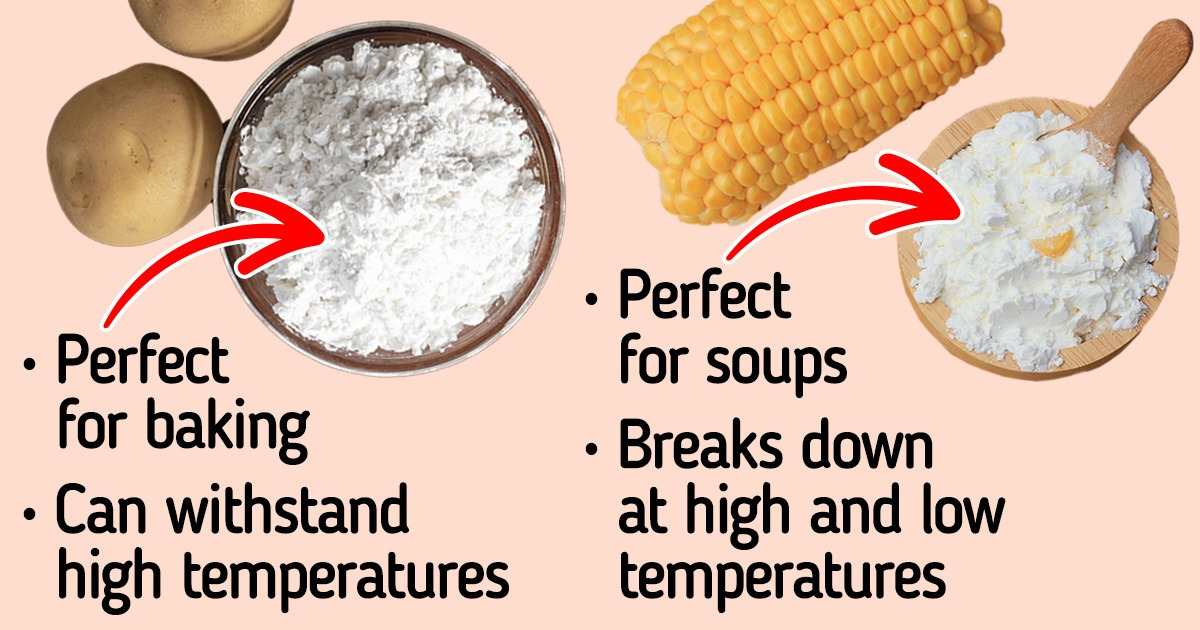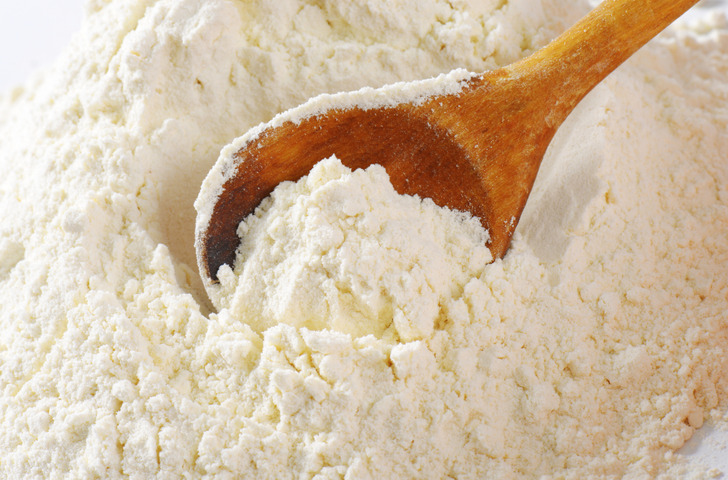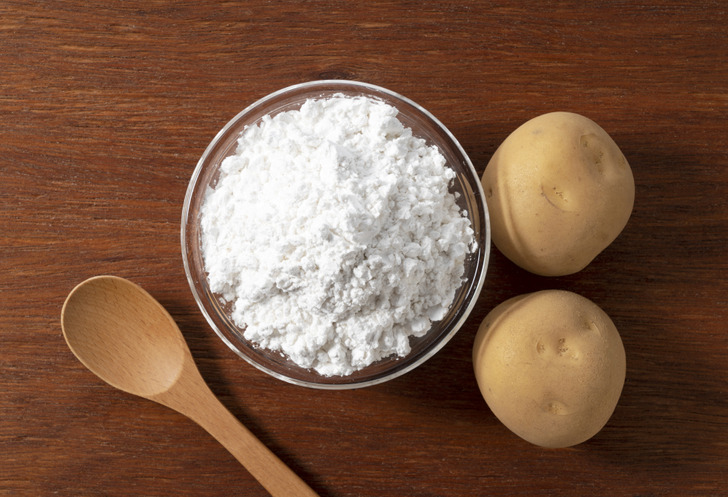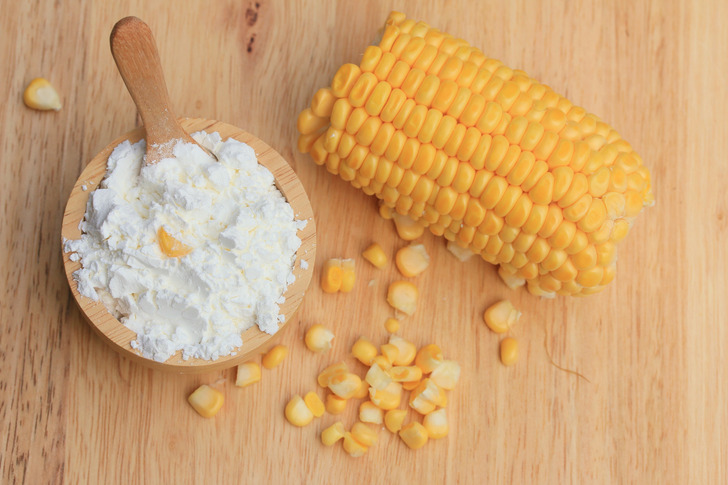How Corn Starch Is Different From Potato Starch, and Whether They Can Be Alternated

Many of us know about starch due to its common use in the culinary world. At the same time, you can see both potato and corn starches in recipes.
5-Minute Crafts decided to figure out how these 2 types of starches are different from each other and whether or not they are interchangeable.
What starch is
First of all, let’s find out what starch is.
It’s a polymeric carbohydrate that is produced by plants — it’s in the form of starch that they store their energy. It is the most abundant carbohydrate in the human diet and is found in large quantities in staple foods, like wheat, potatoes, corn, rice, and cassava. Pure starch is a white, tasteless, odorless powder that is insoluble in cold water or alcohol. Mixing most types of starch with warm water produces a paste that can be used as a thickener, stiffener, or adhesive.
Starch can also be used (not in the food world) as an adhesive in the paper-making process. Starch can also be applied to some textiles before ironing to stiffen them.
Potato starch
Just like corn starch, potato starch is used for thickening soups, sauces, or stuffings in bakeries. Although potatoes themselves contain many vitamins and nutrients, potato starch alone is not very nutritious. However, this doesn’t mean that it has no advantages.
Potato starch is gluten-free, easy to use in cooking, and has little to no flavor. It’s great to use if you don’t want to change the taste of a dish. In addition, unlike corn starch, potato starch can withstand higher temperatures. Therefore, it is more often used for baking. When added to baked goods, potato starch acts as a binder, resulting in a moist and “chewy” texture.
Corn starch
Corn starch is derived from a very specific part of corn, the endosperm. It can be used in different ways.
Most often, it is used as a thickener. When corn starch is added to soups, stews, or puddings, its molecules absorb water. When heated, the same molecules expand and absorb even more moisture. This reaction makes cornstarch ideal for improving soup consistency and texture.
It is important to note that corn starch is sensitive to extreme temperatures. When added to a mixture that is too hot, the cornstarch molecules can break down, releasing all of the moisture. Conversely, when sauces and soups containing corn starch are frozen, the starch molecules are damaged, and when thawed, it returns to its liquid state.
If one starch can be replaced with the other
Both types of starch can be used in the same way, and in most recipes they are interchangeable. However, there are some exceptions.
When using potato starch instead of corn starch, it’s best in recipes that don’t require long cooking times. At the same time, you can safely replace one with the other in soups, gravies, puddings, or pie fillings.
Before adding corn starch to a recipe, it is important to consider the acidity and sugar content of the dish. Corn starch works well with dairy-based recipes, but if the dish is high in sugar or contains very acidic ingredients, it’s better to use the other type of starch. Acidic foods include tomatoes, canned fruits, juices, and vinegar.


